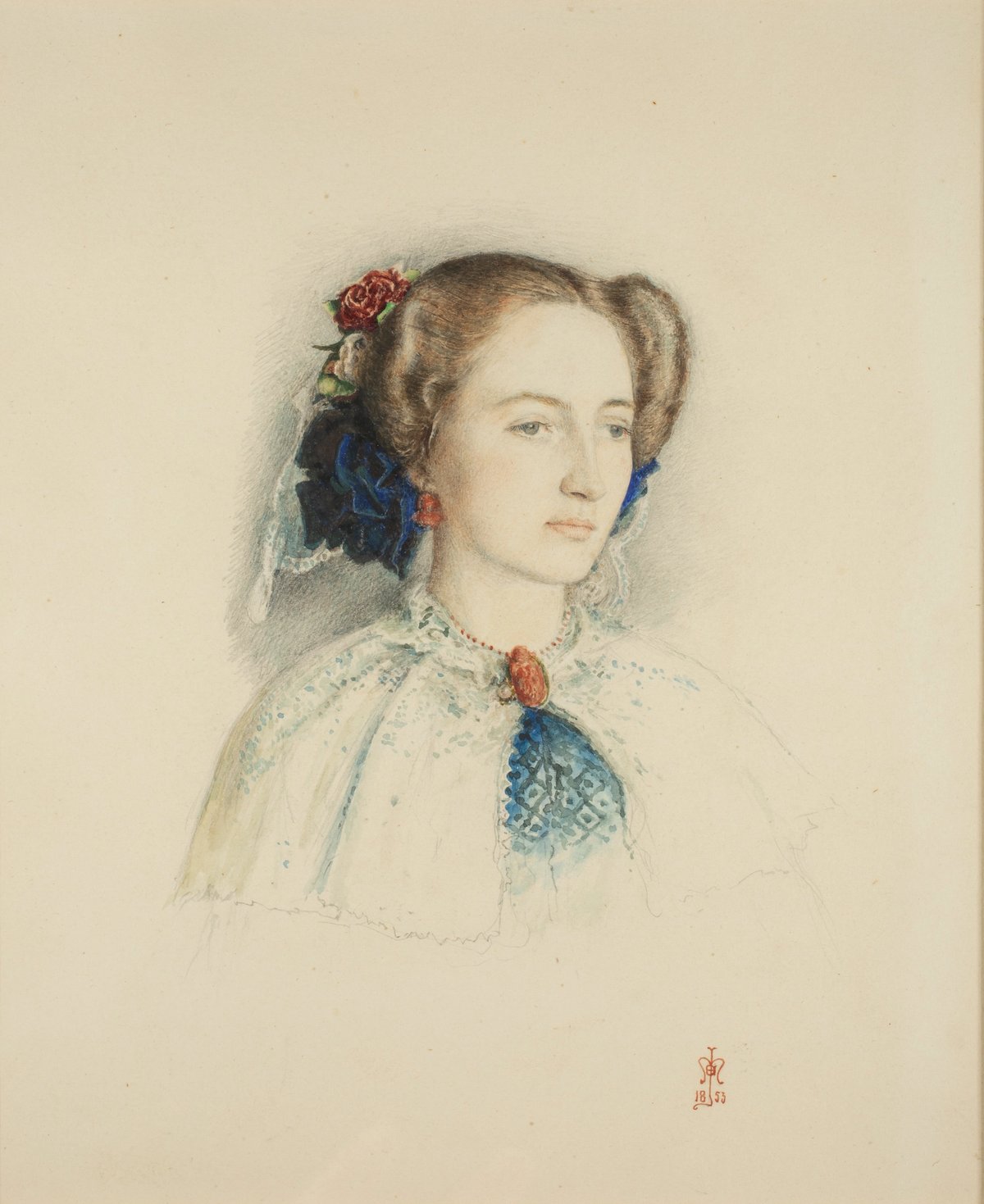More than 150 works on paper and 19 paintings by the leading Pre-Raphaelite figure John Everett Millais will go on long-term loan to Perth Art Gallery in Scotland thanks to the artist’s great-grandson, Geoffroy Millais.
The collection also includes personal correspondence and the artist’s brushes and palettes along with jewellery and family heirlooms belonging to Millais’s wife, Effie Gray. Highlights include the painting Halcyon Weather (1892), which was created near Newmiln House by Stanley, Perthshire, and a watercolour portrait of Effie painted in 1853 while she was married to the prominent art critic John Ruskin.
Gray was born in Perth and married Millais in 1855 at her family home of Bowerswell. According to the critic Anna Souter, “when Euphemia Gray left her husband John Ruskin for his young Pre-Raphaelite protégé John Everett Millais, it caused a public scandal in Victorian England”.
“It feels fitting that this collection finds its home in Perth, where the story of my great-grandparents began,” Geoffroy Millais said in a statement. “Sharing these personal treasures with the public is a way of keeping their legacy alive and offering new generations the chance to connect with their remarkable lives and work."
A free exhibition entitled Millais in Perthshire will open 25 July at Perth Art Gallery featuring more than 25 key objects from the collection. The show will also include works from the gallery’s holdings including Waking (Just Awake) (1865) and Portrait of Effie Millais (1873).
Of the latter work, Souter writes: “[Effie’s] gaze has a confidence to it, and she is casually holding a book or journal, as if pointing out her own intelligence. This is a woman who aided her husband's commercial and social success, ran a thriving household, brought up eight children, and is confident in her own capabilities.”
One of Millais’s most famous works is Ophelia (1851-52) which was shown in an exhibition dedicated to the artist at Tate Britain in 2007. “His magnificent jewel-like paintings have shaped our vision of Victorian womanhood, and cemented impressions of Shakespearian heroines Ophelia and Mariana in our minds,” said a Tate statement at the time.


